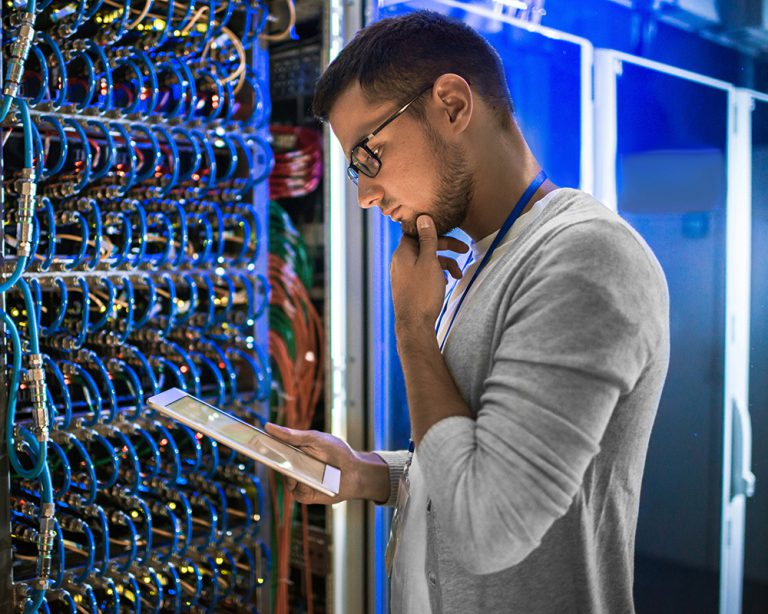August 17, 2017 By: Prabhu Jha
The issues and challenges faced during the process of modernizing a legacy system are more than a few.
However, before we delve deeper into the facts and figures, it would only be fair to know as to what exactly a legacy system is and what it means to modernize it. According to Wikipedia, a legacy system refers to any component (both software and hardware) pertaining to an old, outdated computer system. It could be a certain technology that was in the past, or a program that we no longer use or have a much-updated version of it, or it could even be the computer system itself that has long been a dead beat.
So now that we know what a legacy system is, the next thing to learn about is the process of “modernizing” a legacy system. Simply defined, it is the process of converting, rewriting or porting a legacy system to something that’s more recent. The new platform could range from a modern computer programming language, the latest software library or protocol, or it could also be a modern hardware platform. Legacy application Modernization is also known as Software Modernization in layman’s terms.
The process of Legacy Modernization is often a complex one and could last for multiple years. This is because legacy systems are often vital to concerned enterprises and migrating it to a new, modern platform all at once could run the risk of operational hazards – a large, crucial chunk of data could be lost if modernization is not performed incrementally.
Challenges Faced While Modernizing a Legacy System
As said earlier, legacy systems are often very old and hence lack proper documentation of the original podium. Also, the user is likely to be in dearth of the requisite technical skills to handle such platforms. Typical legacy systems have been in existence for more than two decades. Matter of fact – the user is prone to face a number of challenges while trying to carry out the modernization process. Below are some of the most common challenges:
- Organizational Change Management:
The program/platform associated with a legacy system is an outdated one, which leaves the technician/programmer in dearth of information or the required technical skill to be able to migrate the data to a more recent platform. As such, a new training session and a new set of equipment is required to streamline the modernization process. - Co-existence of Legacy and New Systems:
Modernizing a legacy system could be a daunting task, especially for those enterprises that have a large footprint of legacy systems. In such a case, migration of data from a legacy system to a new one cannot be performed at once but in a phased state. Operational approaches such as providing complete business coverage with fully serviceable overlapping functionality, data duplication, temporary systems for the purpose of bridging legacy, and bringing in new systems during the interim phase will require upholding, which is no less a challenge in their own ways. - Significant Modernization Costs and Duration:
Modernization is an expensive affair, in terms of both money and time. Large investments are to be made and a significant period of time needs to be assigned in order to modernize a critical legacy system. The process of modernizing a complex legacy system could run into years, not to mention the risks of running into unforeseen circumstances in the process. - Stakeholders Commitment:
Legacy modernization costs could run sky-high at times, and it is advisable that the user doesn’t anticipate an immediate ROI. It is but usual for such investments to procure gradual but a slow influx of benefits. In such a scenario, one can expect to have to run the task of convincing the stakeholders of the main organization that the investment made for modernization would indeed bear fruits in the days to come.



